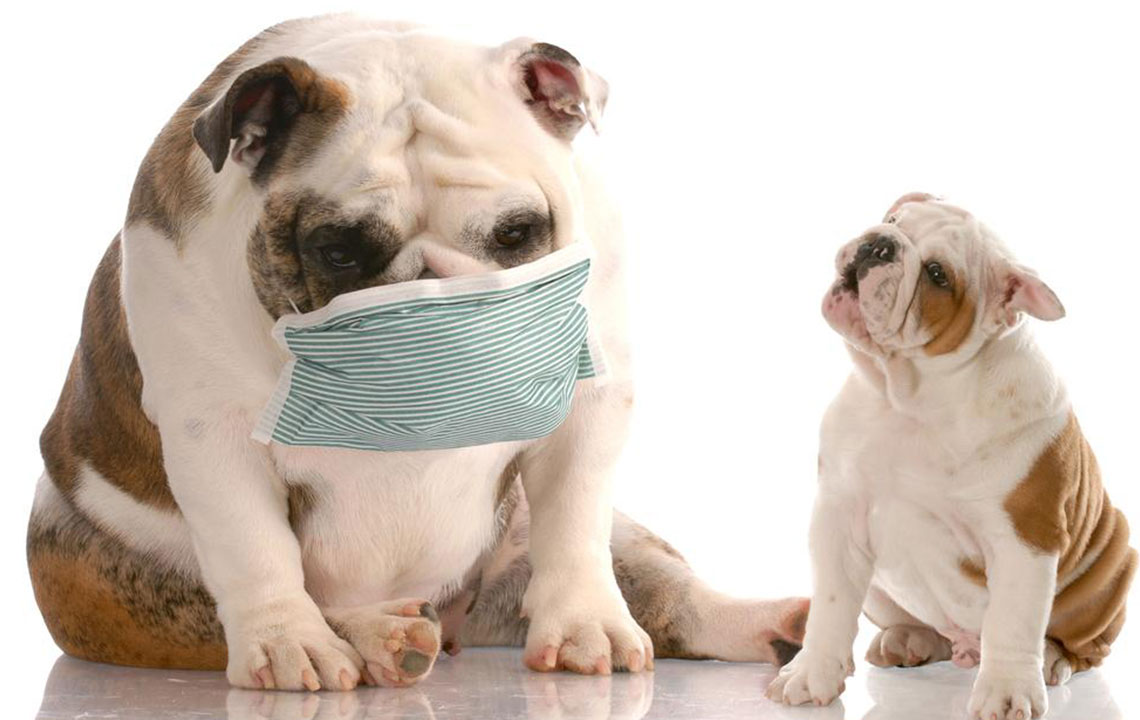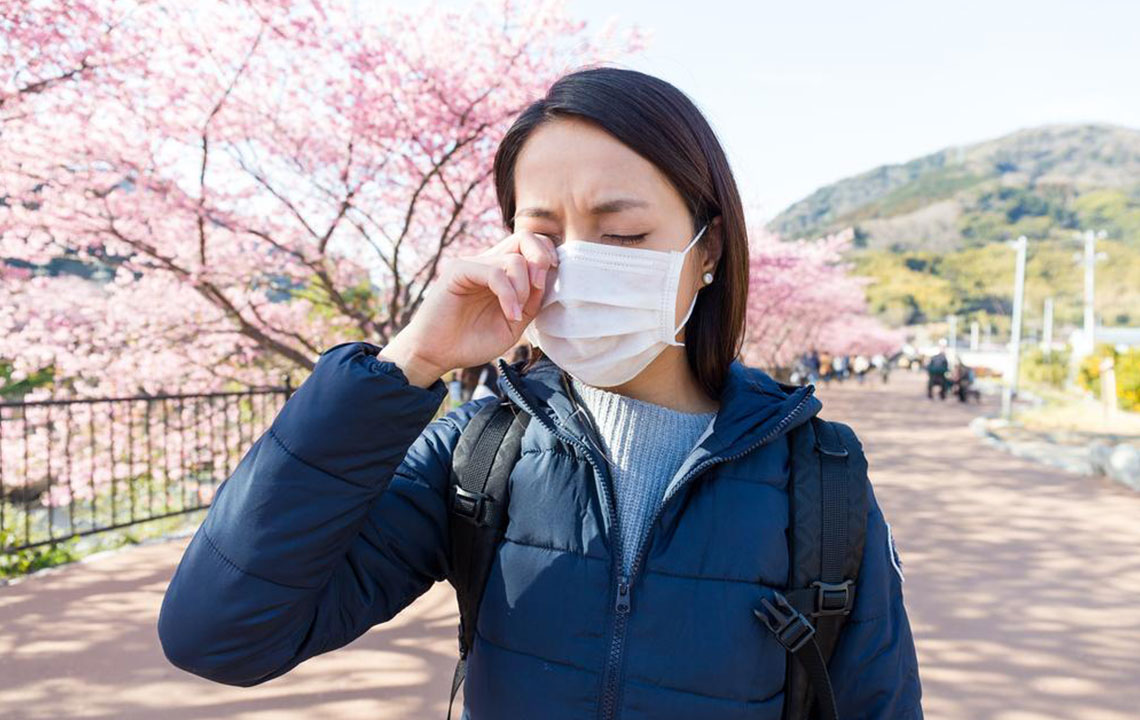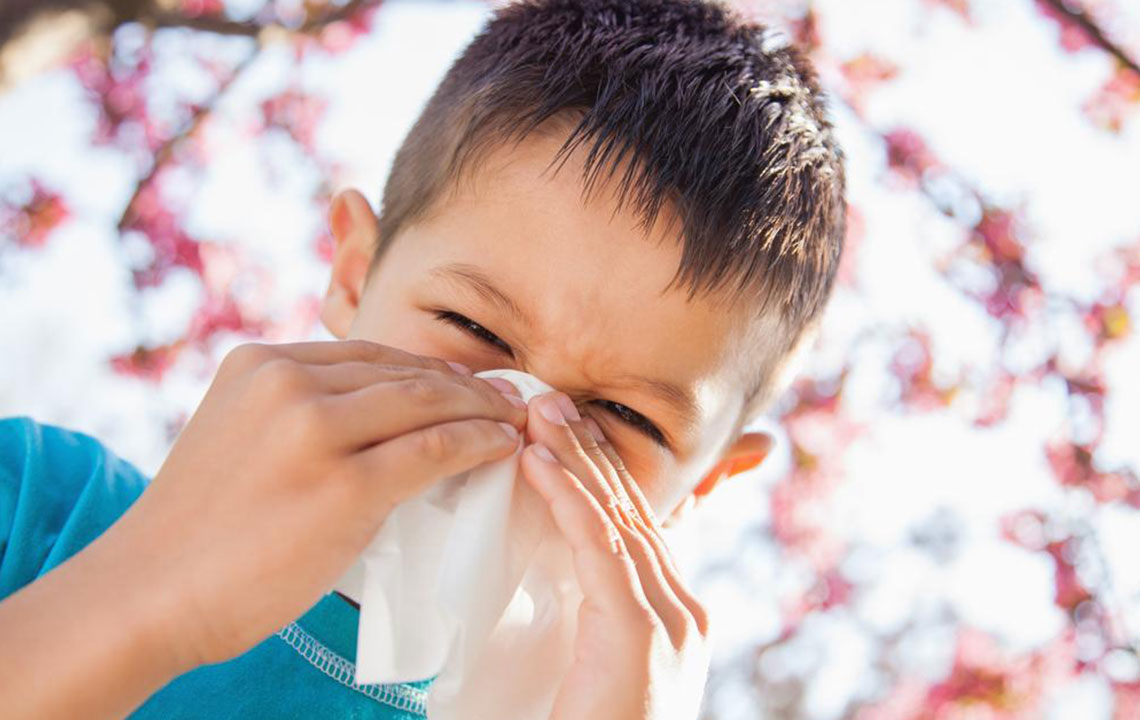Comprehensive Guide to Recognizing Dog Allergy Symptoms and How to Manage Them
This comprehensive guide explores the signs and symptoms of dog allergies and provides practical strategies to manage them effectively. From recognizing common signs like sneezing, coughing, and eye irritation to implementing environmental and medical interventions, this article aims to help allergy sufferers live comfortably. Understanding allergen sources such as dander, saliva, and urine is crucial for effective control. Early detection and proper management can significantly improve quality of life and reduce health risks associated with pet allergies. Consult healthcare professionals for personalized treatment options.

Having a beloved canine companion can significantly enrich your life, offering companionship and unconditional love. However, for some individuals, exposure to dogs and their allergens may trigger adverse allergic reactions, even in the absence of direct contact. Understanding the nature of dog allergies, their signs, symptoms, and effective management strategies is vital for those affected. This comprehensive guide aims to detail the various symptoms to watch for, the sources of allergens such as dander, saliva, and urine, and practical steps to reduce exposure and alleviate discomfort.
Dog allergens are microscopic proteins found in a dog's skin cells, saliva, urine, and sebaceous glands. Despite frequent cleaning, these allergens can linger in the environment, contaminating furniture, carpets, clothing, and even airborne particles, making it difficult for sensitive individuals to avoid exposure entirely. This is especially problematic for people with pre-existing respiratory conditions like asthma, as allergens can exacerbate symptoms and lead to serious health concerns if not managed properly.
Common Signs and Symptoms of Dog Allergies
Identifying the symptoms of dog allergy early is crucial for effective management and improving quality of life. The most prevalent signs include respiratory issues, ocular discomfort, skin irritations, and facial pain. Recognizing these symptoms allows individuals to implement necessary precautions and seek appropriate medical treatment promptly.
Persistent Sneezing: Regular sneezing episodes, especially after being in environments where dogs are present or after petting or cuddling a dog, are a common indicator of allergy. People often notice this sneezing as being uncontrollable and frequent, which might continue even after leaving the area. Using high-efficiency air purifiers, frequent cleaning, and antihistamine medications can provide relief from sneezing fits.
Coughing and Wheezing: Respiratory reactions such as coughing, wheezing, or shortness of breath occur when pet allergens enter the respiratory tract. These symptoms are particularly alarming for asthma patients and should be taken seriously. Proper medical advice, inhalers, and antihistamines can help control these reactions. Ensuring good ventilation and avoiding areas heavily infested with pet dander can also mitigate symptoms.
Facial Discomfort and Sinus Issues: Allergic reactions often lead to sinus congestion, facial pain, and pressure around the cheeks, forehead, and eyes. This discomfort results from inflammation caused by allergen exposure. Over-the-counter decongestants and nasal sprays can alleviate these symptoms, but persistent issues should prompt a visit to a healthcare provider for allergy testing and further treatment options.
Itchy, Watery, and Red Eyes: Allergens in the environment can cause eye irritations, leading to redness, itching, and excessive tearing. Reducing allergen load in the environment by regular cleaning, using HEPA air filters, and applying antihistamine eye drops can significantly ease discomfort.
Skin Rashes and Itching: Direct contact with dog dander can lead to skin reactions such as redness, hives, and itching. These symptoms can appear shortly after exposure. Maintaining a clean environment, using hypoallergenic bedding and cleaning surfaces regularly can limit allergen exposure. In case of severe rashes, topical corticosteroids or antihistamines may be necessary.
Effective Strategies to Manage Dog Allergy Symptoms
For those diagnosed with dog allergies or experiencing allergy-like symptoms, there are several effective strategies to reduce allergen exposure and improve comfort.
Environmental Control: Regular and thorough cleaning of your home, including vacuuming with HEPA filters, washing pet bedding, curtains, and furniture covers, helps minimize allergen accumulation. Using air purifiers equipped with HEPA filters in living spaces can also significantly reduce airborne allergens.
Pet Management: While complete pet removal may not be feasible or desirable for all, certain measures can help. Designating pet-free zones, especially bedrooms, can provide allergy sufferers with safe havens. Regular grooming, bathing, and cleaning of pets can reduce the amount of dander they shed. Consulting professional groomers or veterinarians for appropriate grooming routines can be beneficial.
Medical Intervention: Antihistamines, decongestants, nasal corticosteroids, and leukotriene receptor antagonists are commonly prescribed to manage symptoms. Allergen immunotherapy, also known as allergy shots, can offer long-term relief for persistent allergies. Always consult healthcare professionals to determine the most suitable treatment approach.
Lifestyle Adjustments: Changing certain habits, such as washing hands after pet contact and avoiding touching the face during interactions, can prevent allergen transfer. Airing out the house regularly and reducing clutter that traps dust and dander also contributes positively.
Allergy Testing and Professional Advice: Accurate diagnosis of dog allergies through skin prick tests or blood tests is essential. Following diagnostic results, allergists can recommend personalized management plans and discuss options like allergy immunotherapy.
When to Seek Medical Assistance
If your allergy symptoms persist despite implementing environmental controls or medications, or if they worsen, it is critical to consult a healthcare professional. Severe reactions, such as difficulty breathing, persistent chest tightness, or swelling, require immediate medical attention. Proper diagnosis and tailored treatment plans can significantly improve daily life and avoid complications.
Conclusion
Recognizing the signs of dog allergies early and understanding their symptoms are vital steps toward effective management. While owning a dog can bring immense joy, being aware of allergy triggers allows you to take proactive measures to minimize discomfort and health risks. Combining environmental controls, medical treatments, and lifestyle adjustments provides a comprehensive approach to living comfortably alongside dogs, even for allergy sufferers. If symptoms persist or worsen, seek professional medical advice to ensure proper diagnosis and treatment, safeguarding your health and well-being.





